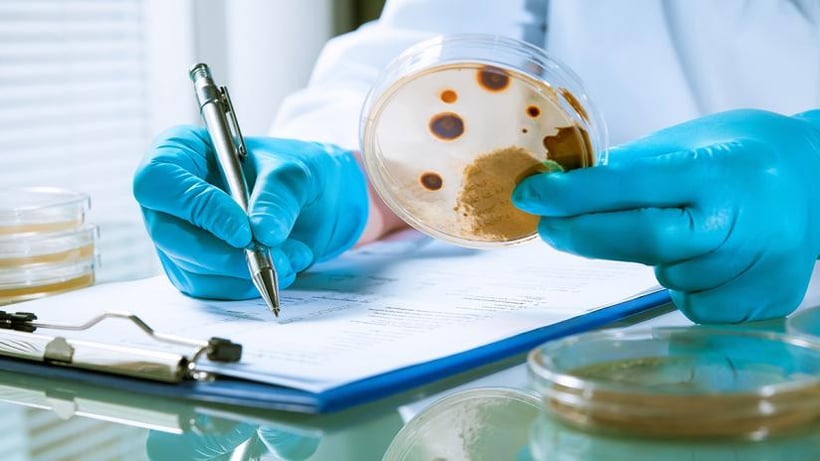
Food scientists at Cornell have developed an atlas made up of 1,854 Listeria isolates collected from across the United States.
The July study published in Nature Microbiology assessed soil samples from locations such as New York, Colorado and California, and noted that Listeria was “present across a wide range of environmental parameters, being mainly controlled by soil moisture, molybdenum and salinity concentrations.”
One goal of the study was to make it easier to detect Listeria monocytogenes in food recalls and other similar instances. Senior author Martin Wiedmann gave an example of a use for this atlas: if Listeria is found in a processing facility in one state that used ingredients from another state, those ingredients could be checked against the soil samples from the source state of the various ingredients.
“You can use this information almost like a traceback,” he said. “It’s not always proof, but it leads you to evidence.”
What is Listeria?
Listeria monocytogenes is a common cause of food-borne illness outbreaks. The illness from the bacterium, referred to as listeriosis, can be tough to diagnose because it’s so similar to other kinds of sickness.
Some symptoms can present in as little as one day, and other times, these symptoms only begin to appear between two to 30 days after contracting the illness.
Common symptoms to watch for:
- fever
- headache
- tiredness
- aches
- pains
Less common symptoms that may present:
- diarrhoea
- nausea
- stomach cramps
Listeria can be found in foods like cold meat, cold cooked chicken, chilled seafood, soft cheese, unpasteurised dairy products, soft serve ice-cream, pre-packaged salad, or pate. It’s highly resistant and can survive at temperatures other bacteria would die or stop reproducing.
Clean and sanitise to prevent Listeria
Effective cleaning and sanitising is the best way to prevent contracting Listeria or spreading it in your workplace. Because it can survive on surfaces, thorough cleaning of countertops and all equipment is recommended, using detergent to break up the biofilm that Listeria bacteria survive in.
This type of genomic and geological research may help make it easier to trace the origin of Listeria isolates in the future. Using this mapping tool and backtracking process will help determine the source of an outbreak and understand how often various Listeria are found in different places. This knowledge could help prevent contamination from entering the food chain and stop food-borne illness outbreaks.





